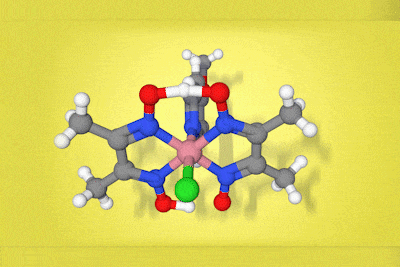Industrial chemistry – Page 9
-
 Research
ResearchThe five reactions on every organic chemist’s wish list
Synthesis has some catching-up to do to create the reactions every drug discovery chemist dreams of
-
 Opinion
OpinionIn search of ultimate selectivity
A catalyst that reacts only with aryl iodides, spurning bromides and chlorides
-
 Research
ResearchPatent-busting AI tool navigates around protected drug pathways
Organic retrosynthesis software can identify key bonds involved in patented reactions to find alternative pathways
-

-
 Podcast
PodcastLevulinic acid
How one footballer's climate concerns led to the creation of a green chemistry company: the story of Mathieu Flamini, GFBiochemicals and levulinic acid.
-
 Research
ResearchWaste vegetable oils turned into chemicals for drugs and plastics
Dual catalytic system converts complex carboxylic acids into terminal alkenes
-

-
 Research
ResearchExotic amino acids made easy with radicals
Stereoselective radical coupling to rival classic Strecker synthesis for easy access to unusual amino acids
-

-
 Feature
FeatureThe nanocoatings holding back corrosion
Corrosion is an age-old problem, but some of the latest solutions are distinctly 21st century. Rachel Brazil reports
-
 Feature
FeatureCombining homogeneous and heterogeneous catalysis
Can you make a catalyst that has the stability and recyclability of a heterogeneous one with the selectivity of a homogeneous one? Rachel Brazil talks to the scientists finding out
-
 Feature
FeatureSolvents and sustainability
Organic solvents make up a huge part of the waste from the chemical industry. Clare Sansom looks at efforts to reduce the loss or replace them entirely
-

-
 Research
ResearchSolving the crystal maze
Workflow swaps gut feelings for data when designing continuous crystallisation processes
-
 Article
ArticleDriving pharmaceutical innovation
Making drugs is neither easy nor cheap – but catalysts, flow chemistry and a knowledge of intermolecular interactions can help
-
 Research
ResearchAlternative pathway to phosphorus compounds skips white phosphorus
Intermediate opens way to making pesticides and flame retardants with novel silicon–phosphorus anion
-
 Research
Research1500 reactions per day go with the flow
Automated flow chemistry system puts high-speed spin on drug discovery
-
 Podcast
PodcastTEMPO – (2,2,6,6-Tetramethylpiperidin-1-yl)oxyl
Katrina Krämer speaks to organic chemist Daniel Allwood about a multi-talented molecule that proves that not all radicals live up to their name
-
 Opinion
OpinionChanging the reproducibility rulebook
It pays to know when taking shortcuts is acceptable, and which it’s safe to take
-
 Podcast
PodcastAluminium chloride
Brian Clegg becomes a sleuth to investigate the uses of a deceptively simple Lewis acid